Because pianos come in a variety of key counts, first-time buyers often wonder which number of keys they should choose.
In this article, we’ll walk through the differences by number of keys and the history of how keyboard ranges have changed.
The Four Main “Number of Keys” Types
61 Keys (5 Octaves) – Entry-Level for Beginners

The 61-key size is characterized by its compactness and convenience.
It’s about 1 m wide, weighs around 5–7 kg so it’s easy to carry, and the price range starting around ¥20,000–30,000 makes it budget-friendly.
On the other hand, because both the low and high registers are cut off, it becomes difficult to play all classical pieces exactly as written.
It’s a recommended size for those who “want to try playing pop songs at home” or “just want to get their hands on a keyboard first.”
- Pros: Lightweight, space-saving, affordable (from ~¥20,000)
- Cons: Missing low and high extremes, so insufficient for serious classical repertoire
- Best for: Pop-focused hobby use / casual home practice / those who need portability
73–76 Keys – A “Bit More Range” for Adult Hobbyists
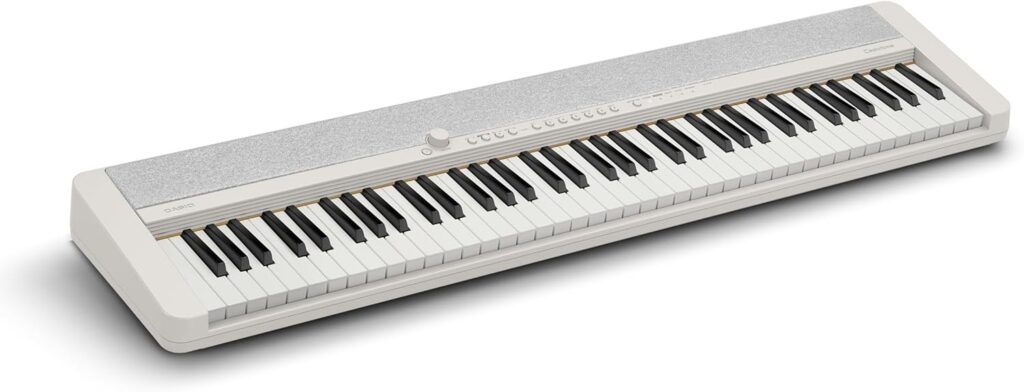
Keyboards with 73 or 76 keys are chosen when 61 keys start to feel limiting and you want a bit more range.
With the added octave, you can handle things like jazz walking bass and left-hand arpeggios, expanding the kinds of pieces you can play.
Many models still come in around 10 kg, making them a comfortable size for home use.
- Pros: Covers ~90% of intermediate/advanced pieces; many models are 4–6 kg lighter than 88-key boards
- Cons: Pieces that use the extreme top or bottom octave may require transposition or octave shift
- Best for: Jazz/pop focus / stage use / homes with limited space
88 Keys – The Modern Piano Standard

88-key models carry the exact same range as an acoustic grand piano.
Because method books and competition pieces are written for 88 keys, if you aim to perform on a grand piano or want your child to study seriously, starting with 88 keys helps avoid unnecessary upgrades.
Recently, slim bodies and lightweight models have appeared, making 88-key instruments easier to introduce even in rental apartments.
- The standard type for modern pianos
- Scores for J-POP, classical, and method books are generally written assuming 88 keys.
- Touch, range, and pedal placement match acoustic pianos → ideal for lessons
Pianos with 90+ Keys (Bonus Section)
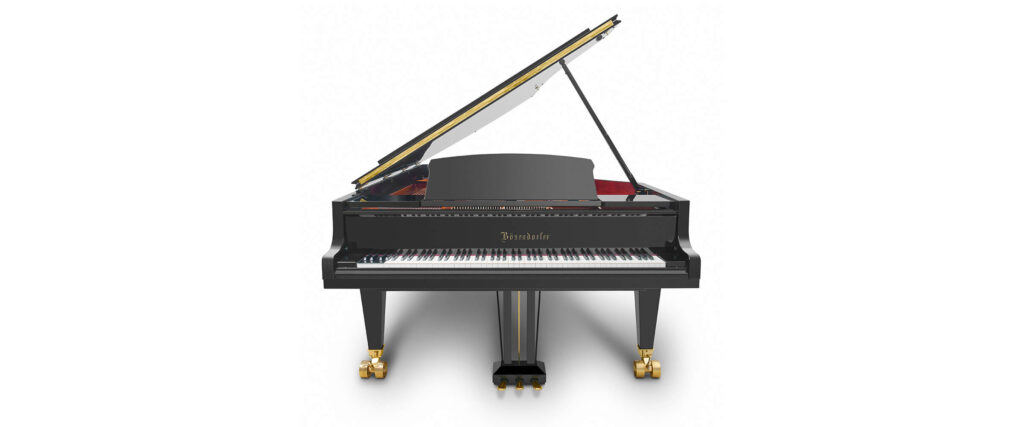
A small number of concert grands—such as Bösendorfer’s 97-key instruments and Stuart & Sons’ 102-key models—offer special specifications that add extra-low or extra-high notes.
They’re mostly used for niche repertoire or film music, so they’re virtually irrelevant for general buyers.
It’s fun trivia to remember as a “there’s a world like this, too.”
Recommended Key Counts (For Beginners & Hobbyists)
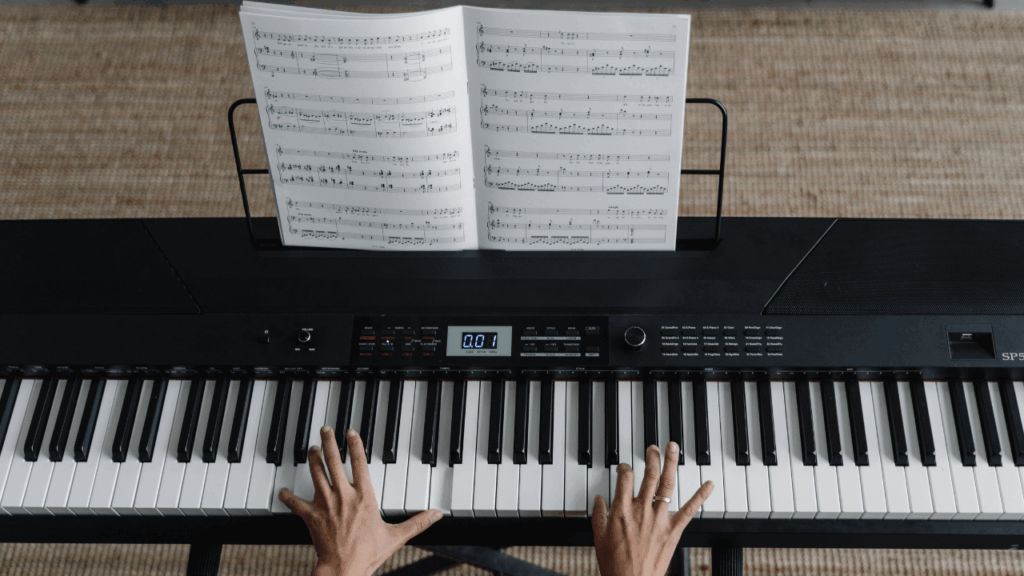
If you want to play classical masterpieces as written, 88 keys are the safest choice.
Meanwhile, many beginner arrangements of J-POP and anime songs fit within 61 keys, but for intermediate-level arrangements and above, you’ll often need 73–88 keys.
Jazz and film music make solid use of low notes in the left hand, so 73–76 keys give you room to build a proper bass line.
Check the Needed Key Count by Genre
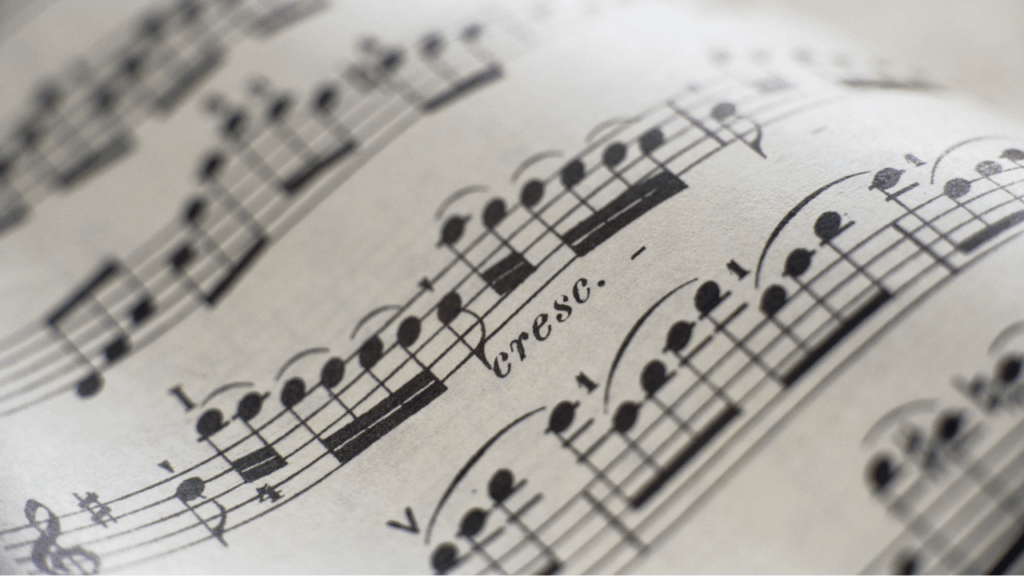
Broadly speaking, each genre tends to require the key counts below.
Note that if the range is insufficient, you’ll need to arrange or shift octaves, which means you can’t play exactly as written.
- Classical (Chopin/Liszt, etc.): 88 keys required
- Pops / J-POP: Many pieces playable on 61 keys; for authentic performance, 76+ keys are reassuring
- Game / Anime music: Largely covered with 73+ keys
- Jazz / Improvisation: Uses deep left-hand bass → 76+ keys recommended
Is It Cheaper to Start with 88 Keys? – Estimating Upgrade Costs

Many people think, “I’ll buy an inexpensive 61-key now and upgrade later,” but moving up to 88 keys afterward can push the total cost over ¥100,000…
If you choose 88 keys from the start, you can save both acclimation time and money. If space and portability aren’t issues, it’s safest to start with 88 keys.

Tips to Avoid Regret When Choosing Key Count
Check Method-Book Ranges in Advance
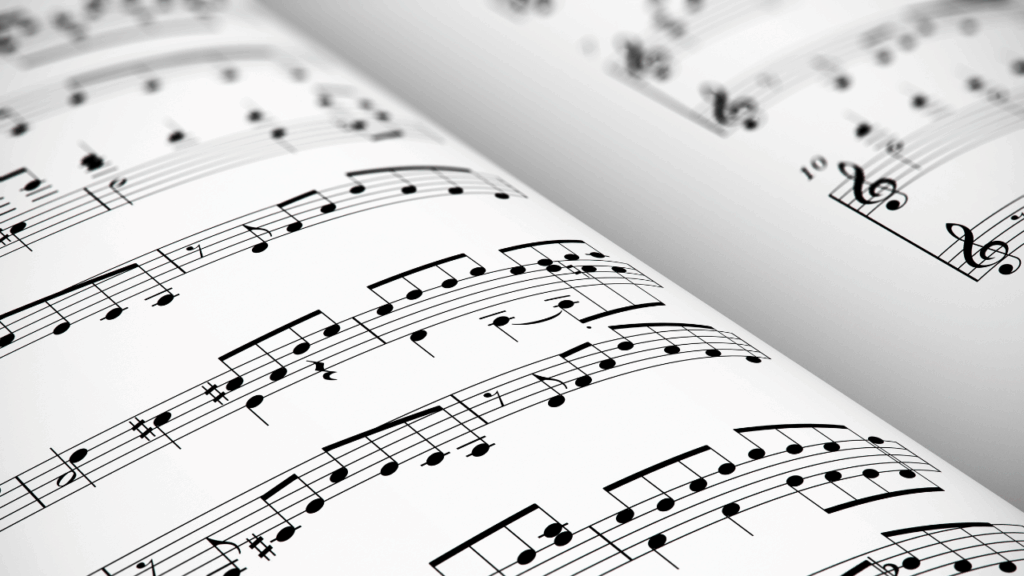
Beginner method books start within a range that fits 61 keys, but by the time you reach Burgmüller or sonatinas, low and high extremes appear.
61 keys will inevitably prove insufficient, so if your child shows motivation to continue seriously, it’s better to move to 88 keys early.
Choosing Key Count for Digital Pianos with Noise Control & Space in Mind
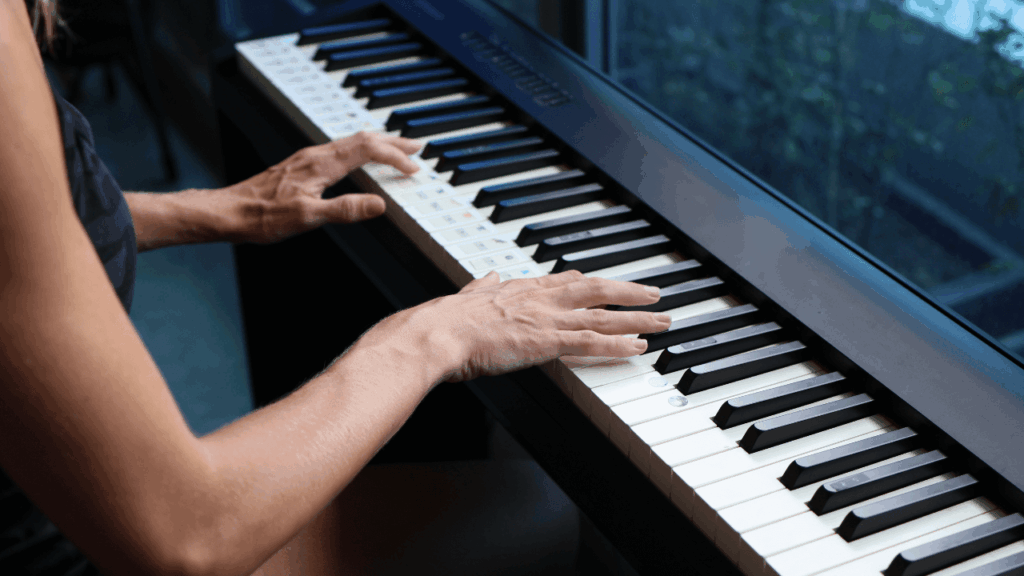
Today’s 88-key digital pianos often feature slim depths around 25 cm and standard headphone jacks, so you can practice at night or in apartments without noise issues.
With more slim models available, even those considering 61 keys due to space should take another look.
History of How Pianos Settled on 88 Keys
It Started with 54 Keys – Pianos in Bach’s Time
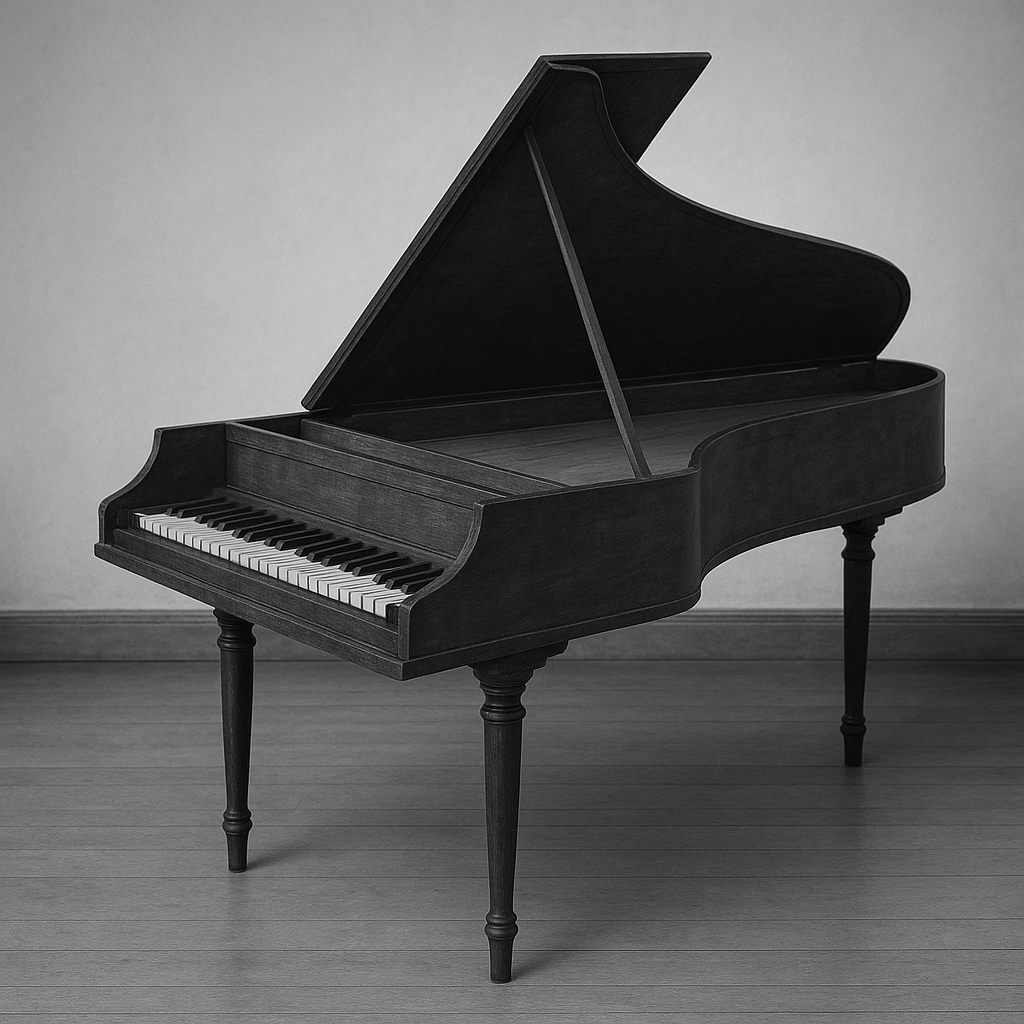
Around 1700, Cristofori’s earliest pianos had only 54 keys (four and a half octaves).
Keyboard works by Bach and Handel were created within this limited range.
Expanding with the Romantic Era – The Rise of the Low Register
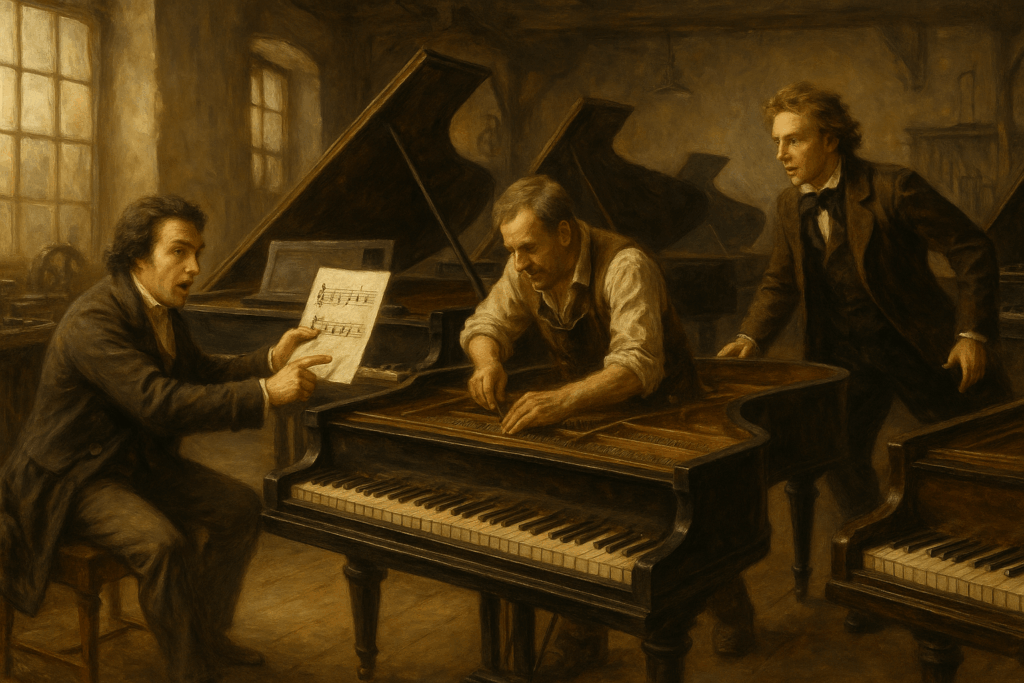
With the Industrial Revolution’s cast-iron frames, piano makers began to pursue composers’ dreams of even more resonant bass.
In Beethoven’s late sonatas, whenever new low notes were notated, makers extended the range—and performers reportedly rushed to acquire the latest models.
Steinway Established the Industry Standard of “88 Keys”
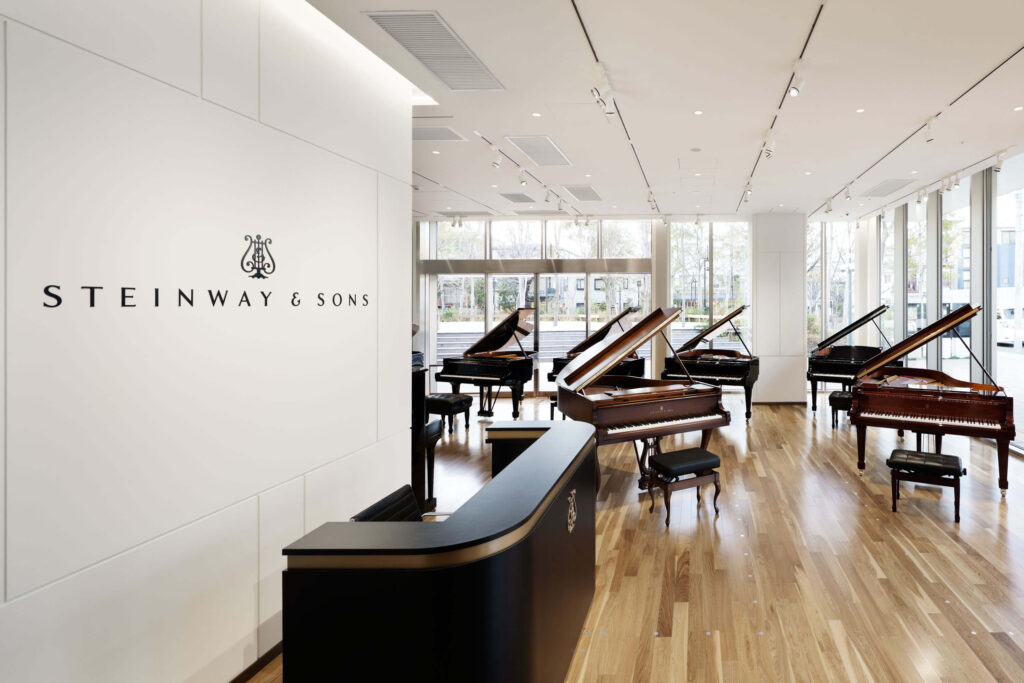
In the 1880s, Steinway began mass-producing 88-key pianos from A0 to C8.
Thanks to an excellent balance of tone and structural strength, nearly all makers followed suit, and it quickly became the industry standard—adopted as the “baseline spec” in international competitions.
Modern international competitions also operate on the assumption of 88 keys.
“Ultra-Wide Range” Models: 97 and 102 Keys
Even today, small-scale efforts continue to push for deeper lows and higher highs—like Bösendorfer’s 97-key and Stuart & Sons’ 102-key models.
That said, considering venue acceptance and tuning costs, the conclusion remains that 88 keys are “just right.”
Frequently Asked Questions
-1024x684.png)
Q1. Without 88 keys, can’t I play classical pieces?
For Classical-era pieces by Mozart or Haydn, 76 keys are usually sufficient. However, works that use the extreme ends of the range—such as late Liszt or Debussy—do require 88 keys.
Q2. Is there a way to expand a 61-key keyboard later?
With modular MIDI keyboards, you can add units to approximate an 88-key range, but typical 61-key digital pianos themselves cannot be expanded.
Q3. Do more keys mean higher difficulty?
No. Difficulty depends on the sheet music, not on the number of keys.
What Key Count Suits You Best?
If you’re unsure, we recommend “future-proofing with 88 keys.”
However, if your space is limited or you just want to play casually for fun, 61–76 keys are perfectly fine.
Use this page as a reference to choose the number of keys that best fits your lifestyle.

